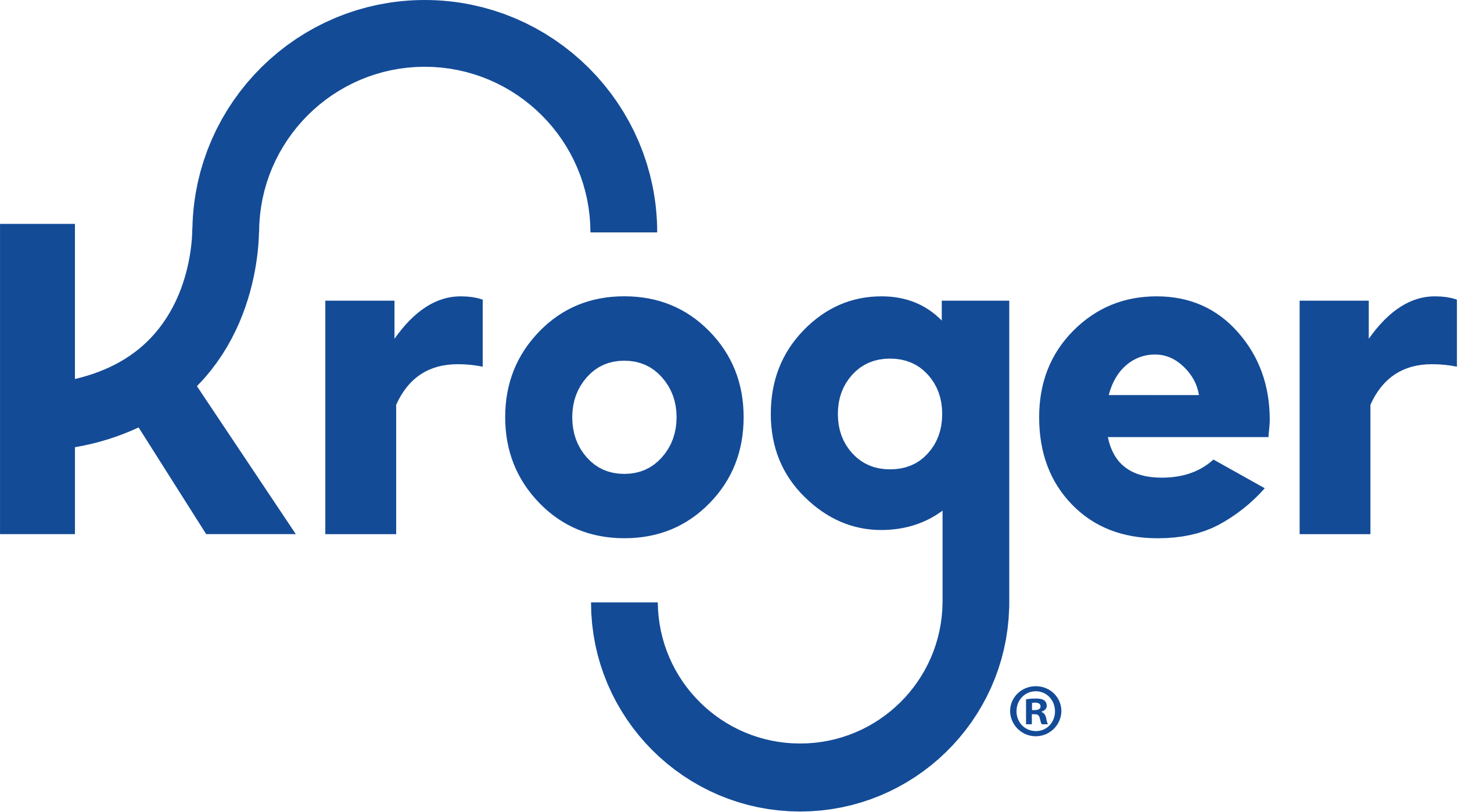What is HIV-AIDS?
HIV (Human Immunodeficiency Virus) is a virus that attacks CD4 white blood cells (also known as T-cells), which are essential to the proper functioning of the immune system. HIV binds to a protein needed for CD4 reproduction, causing the body to create fewer and fewer CD4 cells. A healthy person generally has a CD4 level of 500-1200 cells/mm3. HIV medications are normally begun once CD4 levels reach 500 cells/mm3. When the count falls to 200 cells/mm3, AIDS medication is begun. This process generally takes about 10 years if no medication for HIV is taken.
HIV-AIDS lowers the body’s ability to fight disease, so symptoms come from bacterial and viral infections that would be easily fought under other circumstances. Often the first occurrence of this is a flu-like disease about a month after HIV is contracted.
How can I manage HIV-AIDS?
Minimizing the effects of HIV
There are a variety of HIV drugs that act to stop the functioning of the drug. The majority of these medications act in various ways to keep HIV from reproducing. Entry or fusion inhibitors act to stop the virus from entering CD4 cells. The effectiveness of treatments can be measured by the CD4 counts both before and after the treatment is begun. Finding the right HIV drug is a complicated procedure that only a medical professional can undertake.
Lifestyle Changes
In addition to taking regular HIV medications, various changes in lifestyle can reduce the chances of contracting a dangerous infection. All patients taking HIV and AIDS drugs should avoid taking St. John’s Wort and garlic supplements, since both have been known to interfere with the effectiveness of these medicines. Similarly, avoid foods that are known to carry foodborne illnesses such as undercooked meats and raw eggs. A healthy diet can bolster the immune system, diminishing the effects of HIV-AIDS. Regularly immunization shots are important, but be sure the immunization does not contain live viruses as that can trigger an infection in people living with HIV-AIDS. Be especially cautious around animals, since their fur and fecal matter often contains bacteria that can cause disease.
What are the different types of HIV-AIDS medication?
Non-Nucleoside reverse transcriptase inhibitors
NNRTIs function by disabling a protein the virus needs to reproduce, lessening the ability of the virus to destroy CD4 cells.
Nucleoside reverse transcriptase inhibitors
NRTIs function by creating faulty versions of a building block the virus needs to reproduce. After incorporating the faulty piece, the virus does not function effectively.
Protease inhibitors
Protease is another protein HIV needs to replicate itself, and PIs disable those proteins.
Entry or fusion inhibitors
Rather than disrupting the cell’s proteins, these drugs block HIV’s entry into the cells. A virus cannot replicate outside of the cell, so it slows the expansion of the virus.
Integrase inhibitors
HIV incorporates the protein Integrase into its genetic material, and these drugs disrupt the production of this protein.
What are the symptoms of HIV-AIDS?
Because HIV-AIDS works to lower the body’s ability to fight disease, the symptoms vary depending on which disease is caught. The most common initial symptoms are similar to the flu; fever, muscle soreness, stiffness, aches, diarrhea, and joint pain. Though the symptoms in the primary stage can be so minor that they go unnoticed and untreated, but this is the period when the virus count in the blood is very high, so the spread is more efficient.
AIDS symptoms are more severe, and even relatively common and otherwise minor infections can quickly become life threatening. Symptoms vary, but can include soaking night sweats, chills or high fever, shortness of breath, headaches, weight loss, blurred vision, or a variety of other symptoms.






















